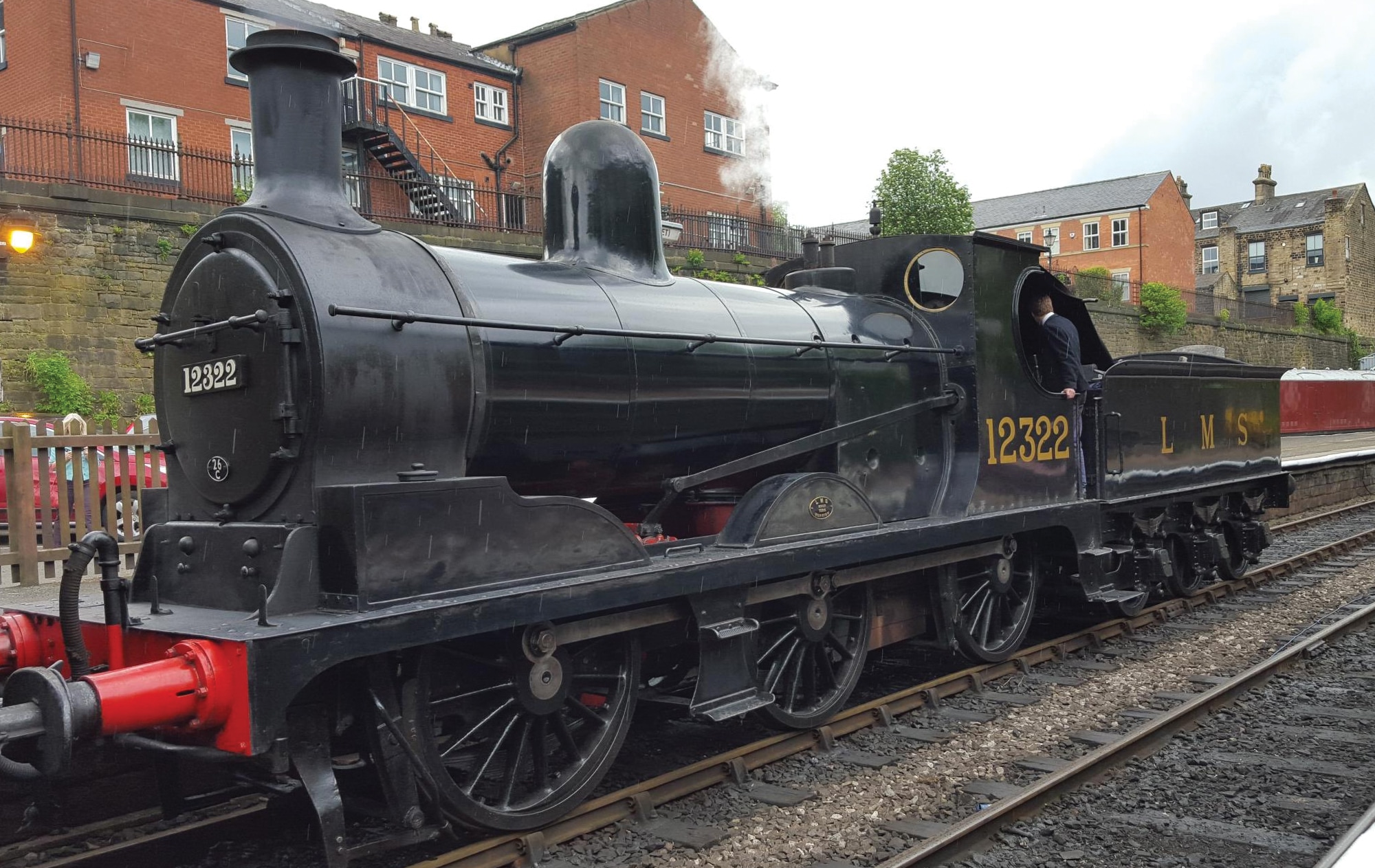THERE was a time when Horwich was the centre of all loco building in the area.
Horwich Loco Works was a world renowned manufacturer of locos and provided employment for thousands of local folk.
Horwich Works was built in 1885 by the Lancashire and Yorkshire Railway in Horwich.
It was famous for building locomotives but what is possibly far less well known is its role in the First World War and the Second World War.
In the First World War it manufactured weapons, including Howitzer guns and more than two thousand shells a week. In the Second World War, the works built nearly 500 Cruiser, Centaur and Matilda tanks as well as shells, and parts for planes and guns.
But it was its work on locos that it was particularly famed for.
There are many householders in the Horwich area whose ancestors were involved in the works and had been for generations.
It provided an income for so many families who built their lives in Horwich and turned the town from a small village to a large town within decades.
The Loco Works was at its height of production in the 1940s and this level or production continued for around 10 years.
But eventually the production would decrease to the point it became unable to continue as a viable business and it would close although the works’ site would be designated a conservation area by Bolton Council 10 years ago ensuring the area and its rich history would be preserved forever.
Today if you want to find out more about Horwich Loco Works the best place to head for is Horwich Heritage in Beaumont Road in Horwich.
Volunteers there have a wealth of knowledge about the works and there is plenty of information to read about and things to see for anyone interested in finding out more.
The photographs we have here were sent in by Haydn Tomlinson who says he is too young to have memories of Horwich Loco Works but has seen this Loco he has taken pictures of in Bury.
It is the Lancashire and Yorkshire Railway A Class Locomotive number 123222.
“It was built in Horwich in 1896 and is still earning its keep at the East Lancashire Railway in Bury,” he says.


